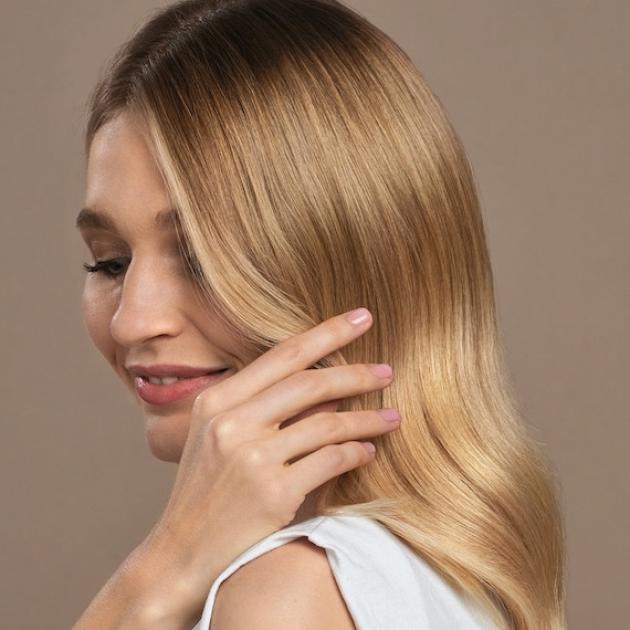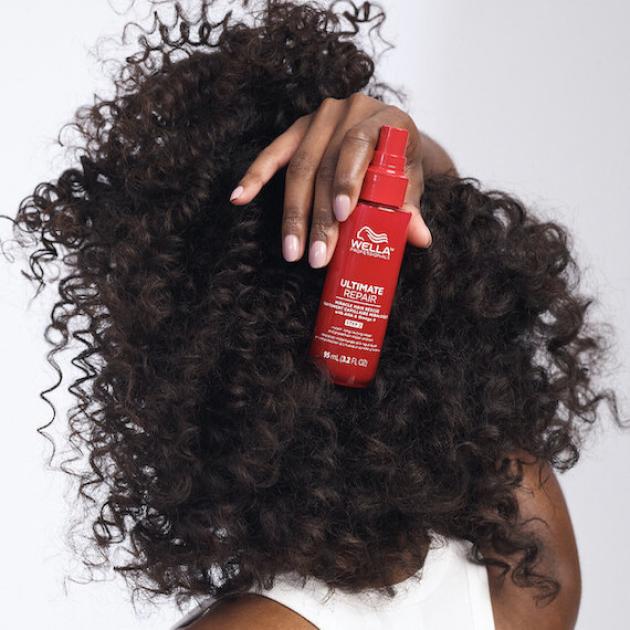How to Treat Damaged Relaxed Hair in 9 Steps
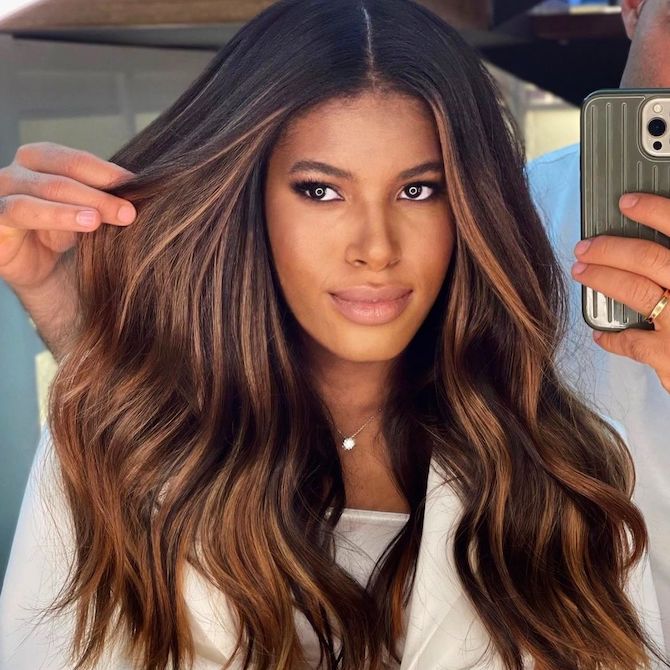
Is your client’s relaxed hair showing the danger signs of damage? You’ll know them when you see them: dryness, split ends, excess frizz and, worst of all, breakage. If strands are starting to split – or they look like they’re on the verge – it’s time for emergency care. But how do you repair damaged relaxed hair? Keep scrolling to discover the nine tips you need…
How Do Relaxers Damage Your Hair?
When hair is relaxed, its natural texture is smoothed out with a combination of heat and chemicals. The relaxant breaks down the disulphide bonds deep within the hair fiber, and they’re then reformed while the hair is held straight. While it’s an intensive process, it doesn’t have to equal chemical damage. In most cases, hair appears silky, soft and smooth after relaxing – just as your client hoped.
But if relaxed hair doesn’t get the aftercare it needs or it becomes over processed by follow-up bleaching, damage can happen, and hair will need to be nursed back to health. That’s why hair relaxing should always be followed up by a nourishing hair care regimen; one that focuses on moisture, protection and strengthening the internal bonds.
What Does Damaged Relaxed Hair Look Like?
You’ll know your client’s relaxed hair is damaged if you notice these signs of stress:
- Dry, brittle hair texture
- Dullness
- Frizziness
- Split ends
- Breakage
- Thinning through the lengths
You may only see one or two signs of damage, or there may be a mix of all six. What’s important is that, as soon as tell-tale dryness is spotted, you and your client take fast action.
Can Damaged Relaxed Hair Be Repaired?
In most cases, if you move quickly, your client’s damaged relaxed hair can be repaired, but it all comes down to how stressed out their strands really are. If it’s a case of boosting hydration and taming frizz, treating hair to deep treatments and moisturizers can make a big difference. But if the hair is snapping off, a generous trim will be needed while your client waits for the damaged hair to grow out.
No matter what level of damage they’re dealing with, a reparative regimen is essential; one that levels up nourishment, while strengthening strands inside and out.
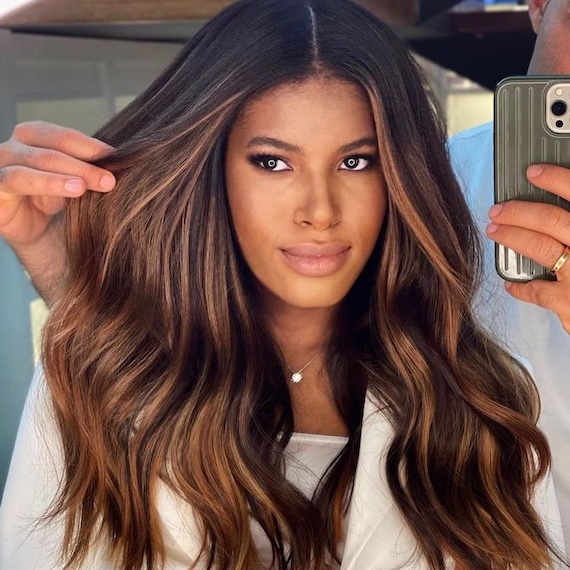
Image Credit: @romeufelipe
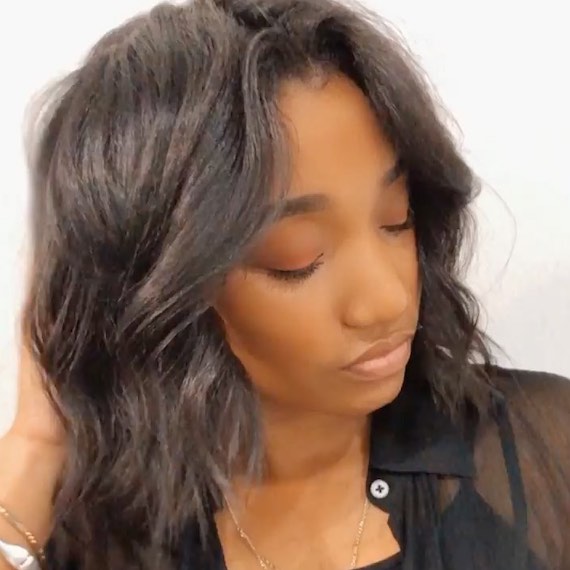
Image Credit: @dereqc
How to Repair Hair After Relaxer Damage
1. Wash with a Nourishing Shampoo
Your client’s choice of shampoo can make or break their hair wash day. If they reach for one that’s too harsh, it may strip away the natural, essential oils that are needed to keep relaxed strands strong and hydrated. So, remind them of the importance of using a nourishing shampoo. For all hair types, we recommend ULTIMATE REPAIR Shampoo.
The luxurious lather bathes brittle hair in a skincare-inspired blend of AHA and Omega-9, which repairs and replenishes each hair strand from the inside out. This kicks off the bond rebuilding process to get relaxed hair back on a sleeker track. Recommend your client uses it to wash their hair at least once per week.
When talking shampoo, this is also a good time to show your client how to gently cleanse their hair. When it’s already compromised, they don’t want to be scrubbing away at strands and causing more damage. Instead, they should gently massage shampoo through hair in sections. This more delicate approach will also mean fewer knots, so detangling will become an easier, less abrasive task.
2. Apply a Sumptuous Conditioner
The most vital step when repairing damaged relaxed hair is restoring hydration. Your client needs a deep conditioning routine to prevent their strands from becoming more brittle. So, follow the ULTIMATE REPAIR Shampoo with the ULTIMATE REPAIR Conditioner; a sumptuously rich moisturizer that rinses clean to reveal softer yet stronger hair.
When using it, your client should squeeze any excess water out of strands first, then massage the conditioner into mid-lengths and ends, before leaving it to absorb for three minutes. They could even wrap their hair in a warm towel while the conditioner soaks in, so they get an extra concentrated boost of the nourishing ingredients.
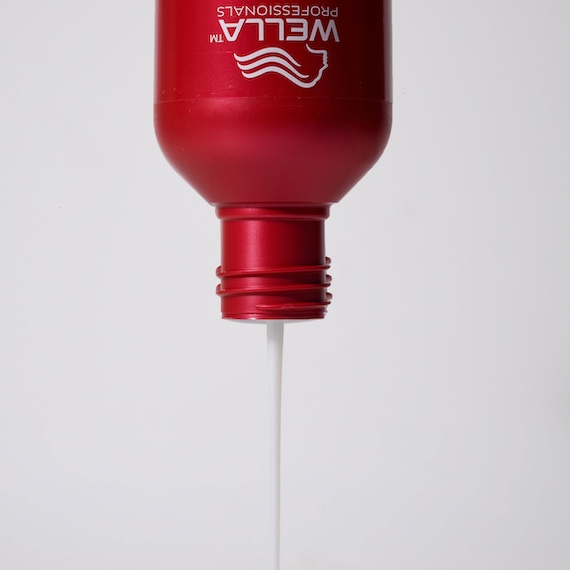
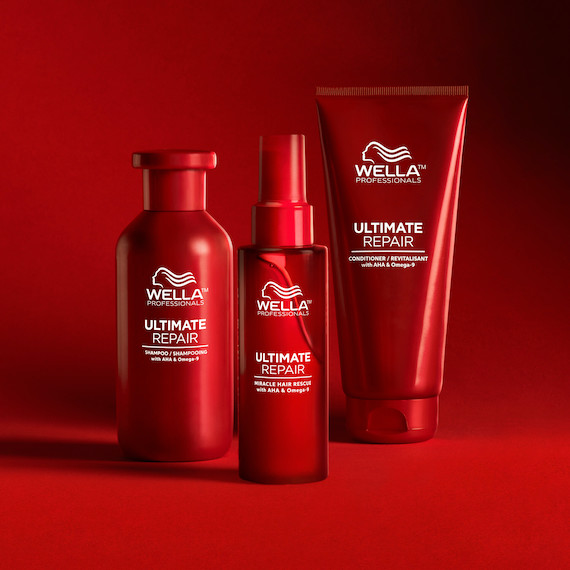
3. Repair with a Leave-In Treatment
Often, when relaxed hair becomes damaged, it ends up being highly porous. This means, like a sponge, it’s able to soak up a lot of moisture, but it struggles to retain it. The reason for all that water loss is the gaps and tears that form along high porosity hair, which allow hydration to escape, so strands can feel dry even after a deep treatment. Plugging these gaps isn’t easy, but a leave-in treatment can help. Because your client doesn’t rinse it away, it has more time to work its nourishing magic.
Recommend your client tries it with ULTIMATE REPAIR Miracle Hair Rescue; a spray-on, leave-in treatment that repairs hair damage in just 90 seconds*. All they have to do is mist it from root to tip through clean, damp hair, allow it to absorb for the full 90 seconds, then style as they usually would. It leaves relaxed hair 12x smoother** with 99% less breakage**.
4. Moisturize and Seal Dry Relaxed Hair
Teach your client about the moisturizing and sealing method. It’s a two-step process that sees relaxed hair hydrated with a water-based leave-in treatment, before a hair oil is applied to lock in nourishment. Miracle Hair Rescue has the first step covered. Then, to seal, follow up with Oil Reflections Luminous Smoothing Oil, applied just to the ends of hair wherever you’re seeing signs of breakage. Your client can repeat this ‘sealing’ step nightly, just before they go to bed. This way, it has the chance to absorb into brittle strands overnight without the stress of daily wear and tear getting in the way.
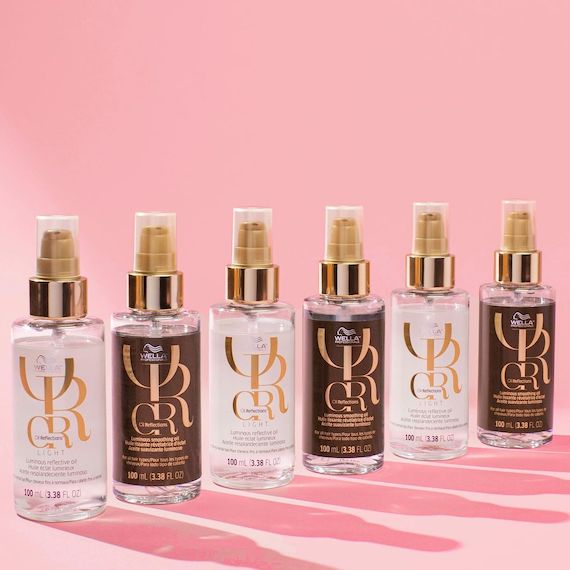
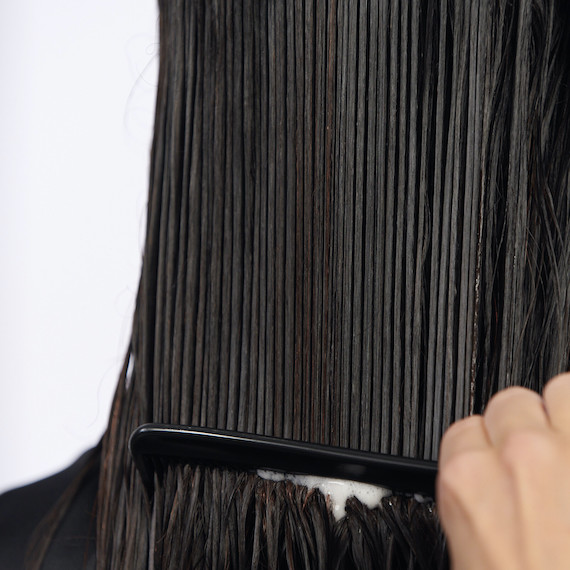
5. Detangle with a Wide-Tooth Comb
When detangling relaxed hair, ‘gently, gently’ is the goal. Make sure your client isn’t using a paddle brush, round brush or fine-tooth comb to work through any knots. Instead, they need a wide-tooth comb – and the wider the teeth, the better. This should be used to release tangles from the ends of hair first, before your client works their way higher and higher up the hair shaft.
By detangling in small stages, they’re not dragging the comb from root to tip, and tearing at strands. It can take some time, but it’s worth the extra effort to care for relaxed hair. Remind your client not to comb their hair when it’s soaking wet either, as this is when it’s most fragile. It should only be combed when slightly damp or dry to reduce the risk of breakage.
6. Avoid Blow-Drying Soaking Wet Hair
Minimizing heat styling is a must for damaged relaxed hair, but if your client needs to blow-dry, they should wait until the hair has air-dried 50% of the way first. If they start blow-drying when strands are soaking wet, they’ll need to blast locks with heat for longer. But, by letting it half-dry naturally, they can reduce exposure to heat with a shorter styling routine. Remind them to use a heat protectant product, like EIMI Thermal Image, too, which will shield their strands from extreme temperatures while adding a dose of shine.
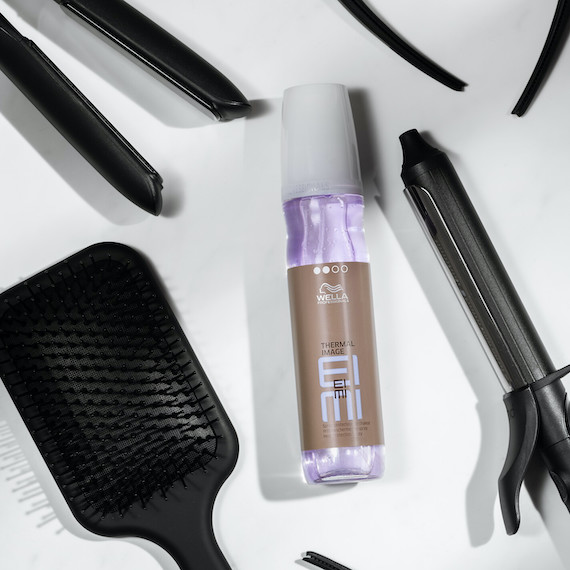
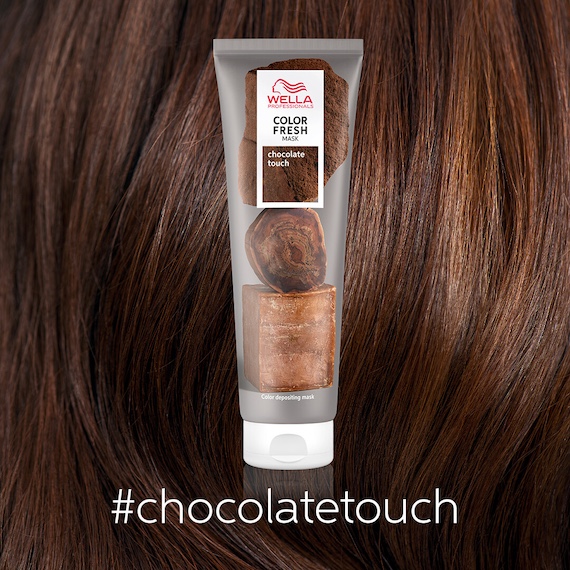
7. Use the Gentlest Hair Color Products
Your client may need to take a break from lightening and coloring their relaxed hair if it’s over processed. But that doesn’t mean they have to live with the dullness that often goes hand-in-hand with damage. Instead, introduce them to the Color Fresh Mask; a zero damage, tinted treatment that subtly refreshes their shade. It comes in 13 hues – from naturals to bolds to pastels – to kick brassiness and enliven locks.
So, whether they want to remove orange undertones with Pearl Blonde, boost a brunette with Chocolate Touch or enhance blonde highlights with Golden Gloss, this color-depositing mask delivers, complete with a dose of nourishment. To use it at home, they should simply:
- Wash hair with their favorite shampoo.
- Blot hair dry with a towel.
- Apply their chosen shade of the Color Fresh Mask.
- Let it absorb for 10 minutes.
- Rinse thoroughly and style as usual.
Meanwhile, in the salon, you can mix up a Shinefinity Color Glaze for their damaged relaxed hair. It enhances with a veil of translucent color that’s zero damage, zero lift and zero ammonia. The wide array of intermixable shades makes it possible to achieve their dream hue, whether they’ve craving a rich espresso brunette, a creamy bronde (brown blonde) or a shot of chocolate cherry.
8. Sleep with Silk Pillowcases and Hair Wraps
At the very least, your client should be sleeping on a silk pillowcase to care for their relaxed hair. It sounds luxurious – and we guess it kind of is – but it’s also necessary to reduce stress through breakage-prone strands. Cotton can rough up the hair cuticle, but silk will allow strands to lie friction-free. Plus, silk is less absorbent, so it won’t pull moisture out of the hair while they sleep. If your client prefers to wrap their hair, they should make sure their headscarf is crafted from silk or satin too. The same goes for scrunchies and hair ties. Only the softest, silkiest hair accessories will do.
9. Trim Away Broken Ends
Breakage typically starts from the fragile tips and moves its way up the hair shaft, so it’s the ends where most of your client’s damage will be visible. The good news is, that means there’s an easy fix that instantly makes relaxed hair look healthier: trimming it off. You can take away the worst of the breakage with a simple cut. How much you need to take off depends on just how split the ends of hair are, but even an inch or two can make the hair look fuller and tidier, instantly.
Looking for more ways to help your client care for their hair? Discover our complete collection of Hair Care Guides, featuring tips for every type and concern.
* When using ULTIMATE REPAIR Miracle Hair Rescue.
** When using ULTIMATE REPAIR Miracle Hair Rescue. Instrumental test versus non-conditioning shampoo.

